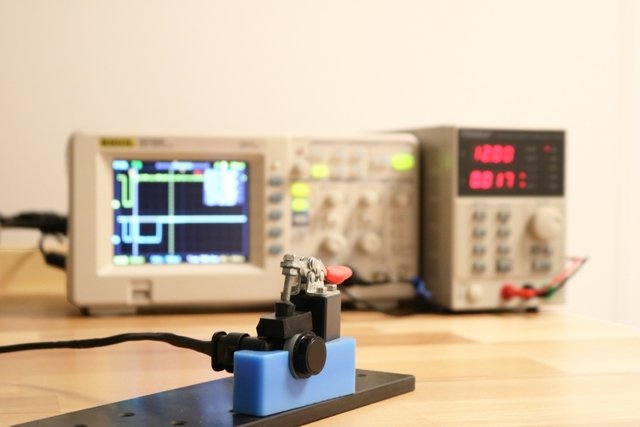Our programme in parking sensors has got a great start since its introduction just over a year ago. We attribute this to the fact that our own in-house testing equipment has played a significant role in the selection of our manufacturers and subsequently in our complaints handling.
Parking sensors are used in systems that assist the driver during parking or maneuvering a vehicle by identifying and indicating the distance to any obstacles so that collisions can be avoided. The systems indicate either visually, using sound or a combination of both, how close the vehicle is from an obstacle.
 Our own in-house testing equipment has played a significant role in the selection of our manufacturers and subsequently in our complaints handling
Our own in-house testing equipment has played a significant role in the selection of our manufacturers and subsequently in our complaints handling
3 systems, using different technology
• Ultrasonic system
• Electromagnetic system
• Camera based system
The most widespread system uses ultrasonic sensors and is easily recognized by the visible sensors located in the vehicle's bumpers. Triscan's programme of vehicle-specific sensors exclusively includes sensors for ultrasonic systems - and our test equipment works exclusively for this type of sensor.

Triscan's programme of vehicle-specific sensors exclusively includes sensors for ultrasonic systems
An ultrasonic sensor is capable of both transmitting and capturing high-frequency sound waves. With our test equipment, we compare the performance of the car manufacturers aftermarket sensors with our own in the following areas:
1. Spread angle
2. Response time
3. Power consumption
Spread angle of the sensor
The spread angle of the individual sensors is determined so that the entire area in front of and behind the car is covered and the system is thereby able to detect obstacles. The spread angle of the individual sensor may vary depending on where it is located in the car's bumper. Thus, it is not necessarily the same type of sensor used at the different locations. Most systems use a minimum of four sensors and the spread angle is in pairs always the same - ie. for example, the outer right and left or the inner right and left sensors are the same.
Response time of the sensor
To determine whether there is an obstacle near the vehicle, the sensor starts transmitting sound waves. In cases where there is an obstacle within the defined safety range, some of the transmitted sound waves are reflected by the obstacle, which is detected by the sensor. The time that passes from the sound waves are transmitted until they are received is called the response time and this can be converted to distance.
Sensor power consumption
Last but not least, the power consumption of the sensor is tested to ensure that the sensor is properly dimensioned for the system it is part of.
This is how the test is carried out
The sensor is fixed at a reference point which is determined by the distance and angle markings on the floor. To prevent the sound waves from being reflected incorrectly, the walls adjacent to the measurement area are covered with a special absorbent foam material. After connecting the sensor box associated with the sensor, an oscilloscope and applying the correct voltage, testing can begin. To see if the sensor's spread angle and response time meet the specification, an obstacle is placed at the distance and angle marking points and the measurement result are analyzed. The selected obstacle is a tube because the curved/organic shape of the tube makes it hard for the sensor to capture the reflected sound waves.
 To prevent the sound waves from being reflected incorrectly, the walls adjacent to the measurement area are covered with a special absorbent foam material
To prevent the sound waves from being reflected incorrectly, the walls adjacent to the measurement area are covered with a special absorbent foam material
Big quality differences
Two of the most important components of an ultrasonic sensor - and a major reason why the sensor works properly - is the sensor itself and the microchip. Unfortunately, there are far too many manufacturers using components of questionable quality – which leads to malfunctioning. A Triscan parking sensor is fitted with components from leading OEM suppliers - and every single sensor has been tested before leaving the factory.








